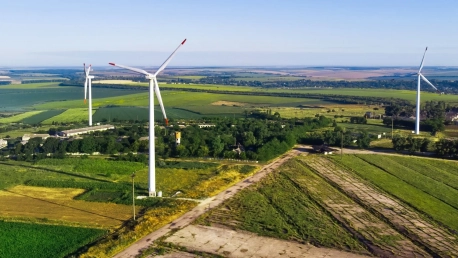The wind energy sector has witnessed significant advancements in raising capacity and slashing operational expenses in the last ten years. Reports by the International Renewable Energy Agency underscore a marked reduction in the cost of building wind power plants, with onshore projects leading in affordability. The decline in onshore wind costs has been dramatic, with expenses dropping from $2,179 per kilowatt in 2010 to $1,274 per kilowatt in recent years, making it a highly competitive source of renewable energy. The reduction in offshore wind power costs is also notable, going from $5,217 to $3,461 per kilowatt.These cost reductions are due to technological advancements, increased production scales, and a more competitive market. Innovations in design, better materials, and more efficient manufacturing and installation have also contributed to the lower costs. Consequently, wind power has become integral to sustainable energy policies in many countries, reflecting its growing role in the global shift towards renewable energy sources.









